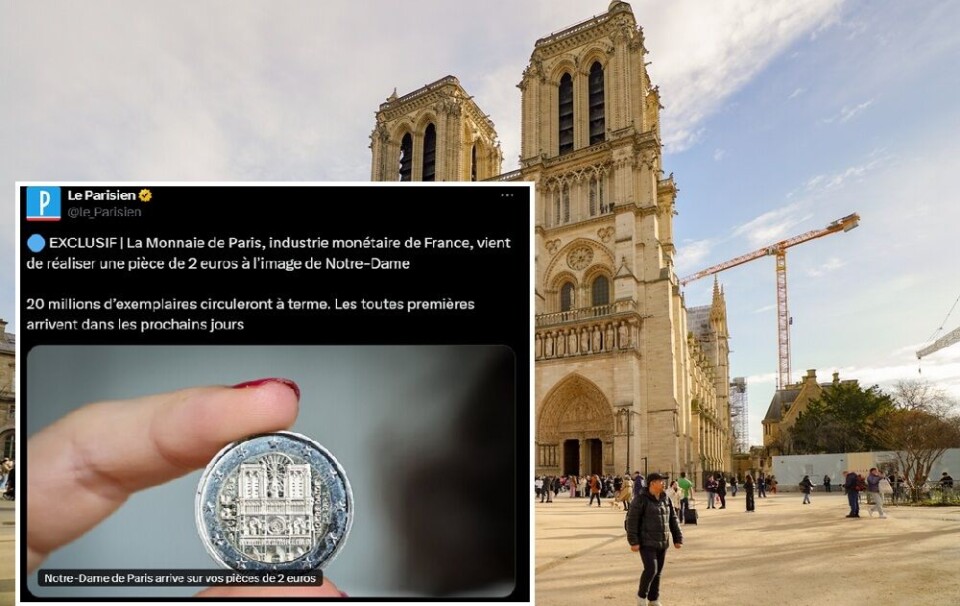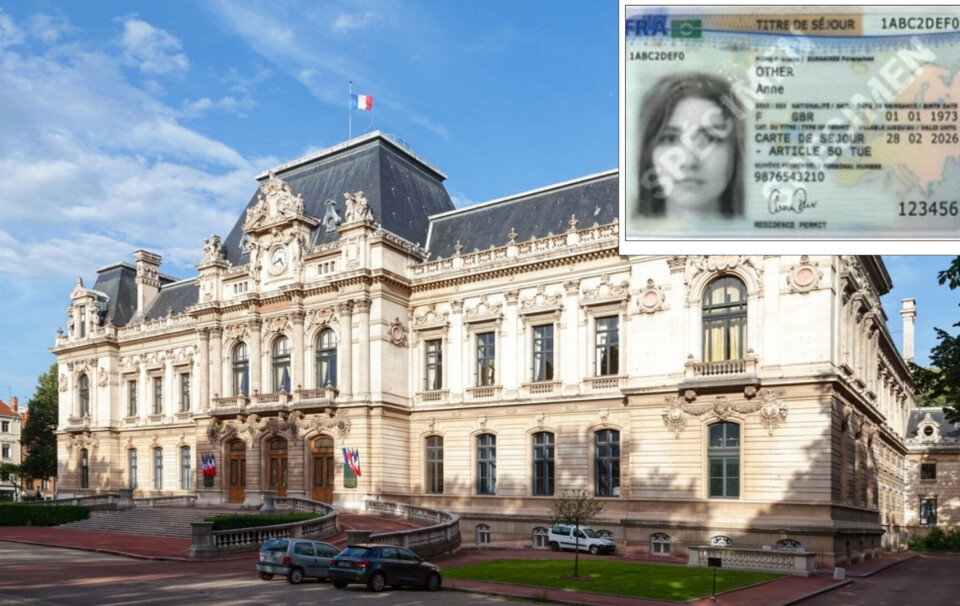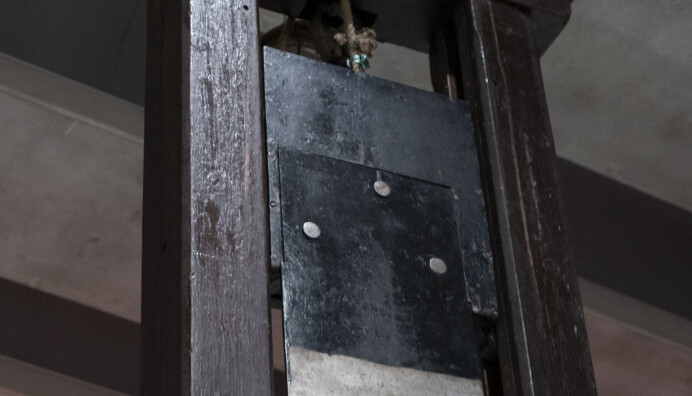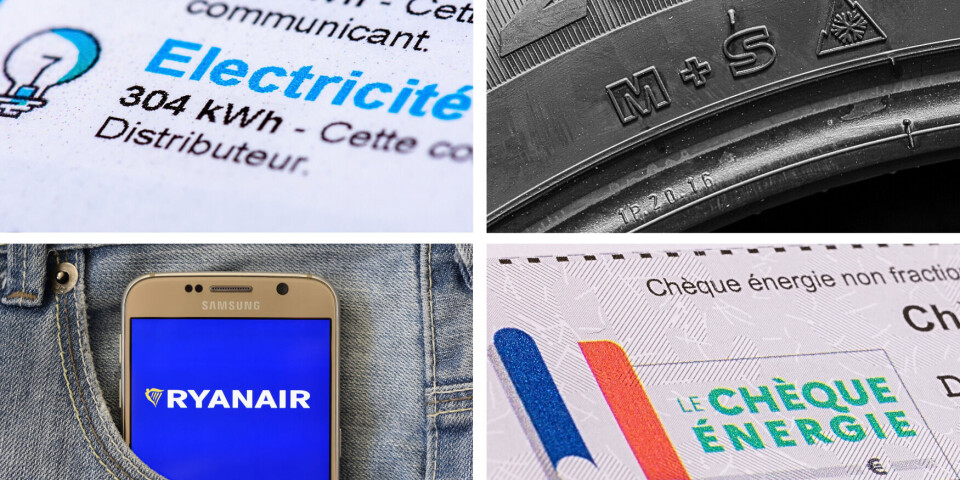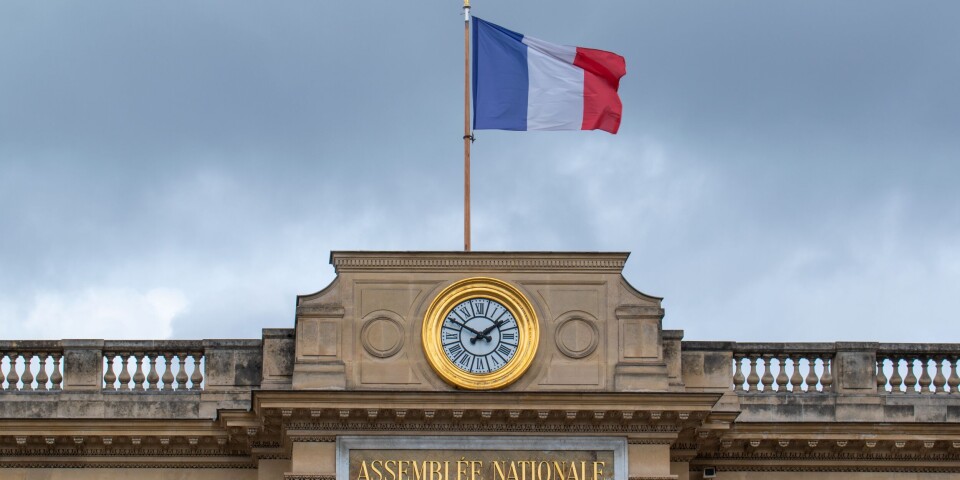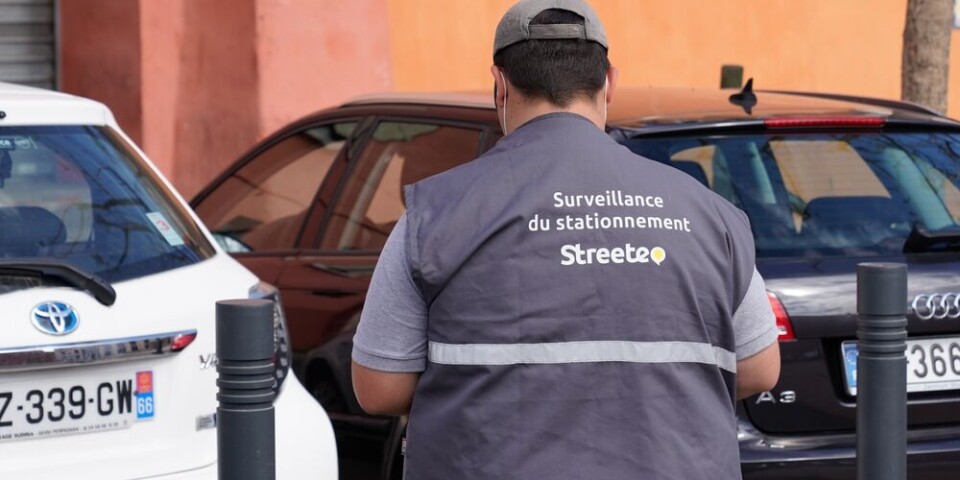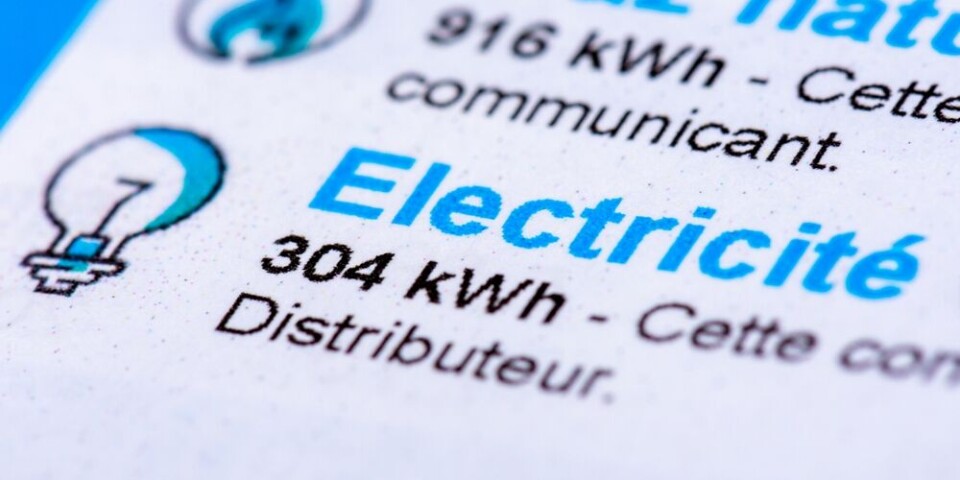-
GR, GRP, PR: What do the French hiking signs mean?
What are the coloured symbols on French hiking routes? Who paints them there and why?
-
Miss France: glam - but not sexy
Miss France organiser Geneviève de Fontenay fears she is fighting a losing battle to protect her 'Cinderella dream' from vulgarity
-
Normandy Landings visit for Queen
Queen Elizabeth has confirmed a state visit to France, ending rumours she is handing over duties to Charles
70kph limit ‘cuts journey times'
Study finds that reduced speed limit on Paris Périphérique has cut traffic jams, accidents - and speeds up travel
THE 70KPH speed limit on Paris’s Périphérique has cut the number of traffic jams, reduced accidents - and has meant that people arrive at their destinations more rapidly, a study has suggested.
Global traffic information provider Inrix says that there has been a 36% reduction in tailbacks in the six months since the introduction of the reduced speed limit in January.
The American company studied data transmitted anonymously by millions of motorists on Europe’s busiest ring road, which is used by 1.3million vehicles every day.
According to Inrix’s figures, the average time spent on the 35km ring road is 66 minutes, compared to 104 minutes when the speed limit was 10kph higher.
Improving traffic flow has been an unintended consequence of the speed limit cut. It was originally implemented in a bid to reduce air and noise pollution.
Inrix warned, however, that the figures did not take into account external factors, such as strikes or accidents, which may have altered travel times.
Meanwhile, RMC Radio has said that the number of accidents on the peripherique have fallen since January 10, the day the new speed limit came into force.
It has reported that accidents that caused injuries are down 15.4% compared to the first half of last year, while minor bumps have fallen 5%.
Inrix European traffic analyst Chris Lambert said: "These results can be explained by thinning traffic, combined with a steady speed which reduces ‘the accordion effect’. The formation of congestion points is less common.”
Not everyone is convinced. Pierre Chasseray, CEO of driving lobby group 40 Million Motorists, told RMC: “We cannot explain the reduction in accidents just by saying a number on a sign has been changed.”
See also: Périphérique speed cut: tickets rise
Speed limit cut set to be tested



